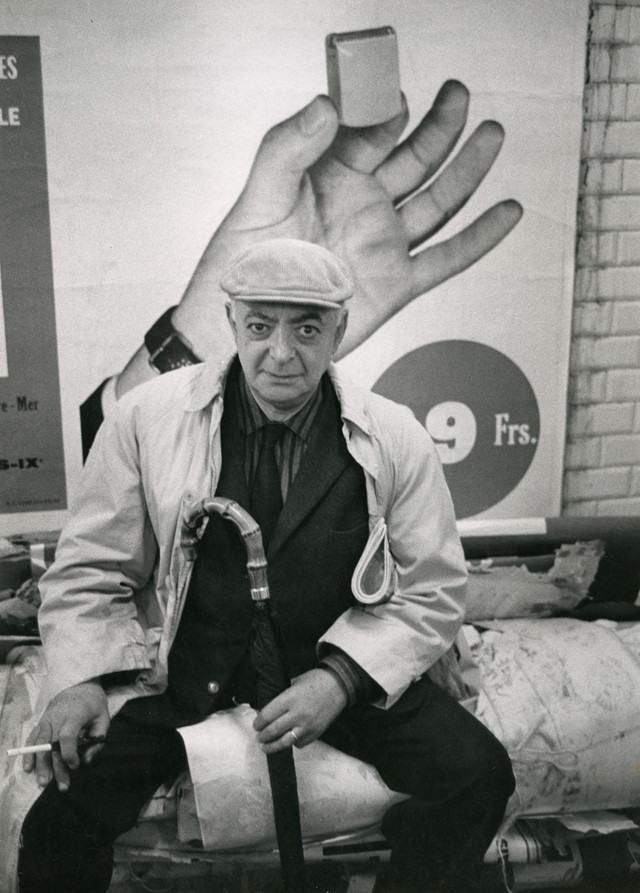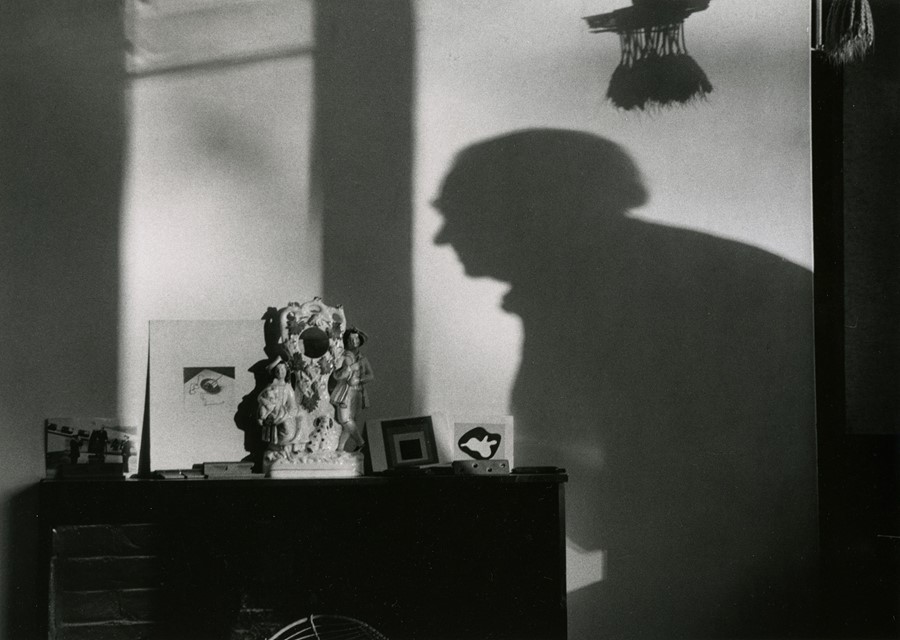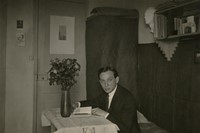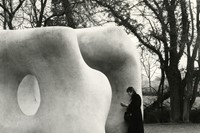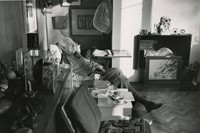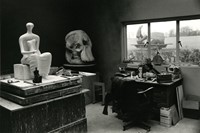A new show explores the powerful work of a photographer who has spent too long in the shadows
Who? André Kertész has been described as the "unknown solider of photography" – a lack of recognition that he himself often bemoaned – yet today he is thought of as the father of photojournalism. Born in Hungary in 1894, he began taking photographs at the age of 18, highly aesthetic, beautifully composed images of Hungarian peasants and the native landscape, developing his negatives in a large wardrobe in the attic of his grandfather’s farmhouse. After suffering injury on the frontline in the war, in 1925 Kertész moved to Paris where he registered as a photo-reporter and spent many evenings in the Café du Dome in Montparnasse where he socialised with artists, sculptors and writers. His photographs had some commercial success and he subsequently moved to America, and received commissions from Harper's Bazaar, Life Magazine and Vogue. Kertész died in 1985 in New York where he left behind over 100,000 negatives, many of which remain unseen.

What? Photojournalist Henri Cartier-Bresson wrote “we all owe something to Kertész.” Yet despite being widely respected in artistic circles, and warranting a retrospective at the Museum of Modern Art in 1963, Kertész still remains less well known than the artists he inspired. His position in the shadow of his more famous peers is exemplified by the craftsmanship of his portraits of the likes of Piet Mondrian, Cecil Beaton, Brassaï and Henry Moore in their studios, where he worked to distill the potency of the artists within the frame of their working space. Writing about a visit to Mondrian's studio, Kertész wrote that he “instinctively tried to capture…the spirit of his paintings. He simplified, simplified, simplified.” In 1948 Kertész visited Cecil Beaton's chaotic studio and took artfully composed photographs that create a sense of order and calm despite the disarray. In the photograph Henry Moore’s Shadow, taken in Moore’s home five years before Kertész’s death, the shadow of Moore looms ominously over a print of Mondrian’s spectacles that Kertész had given to the sculptor, a poetic photograph showing how Kertész indirectly placed his work in the shadow of his more famous artist friends.
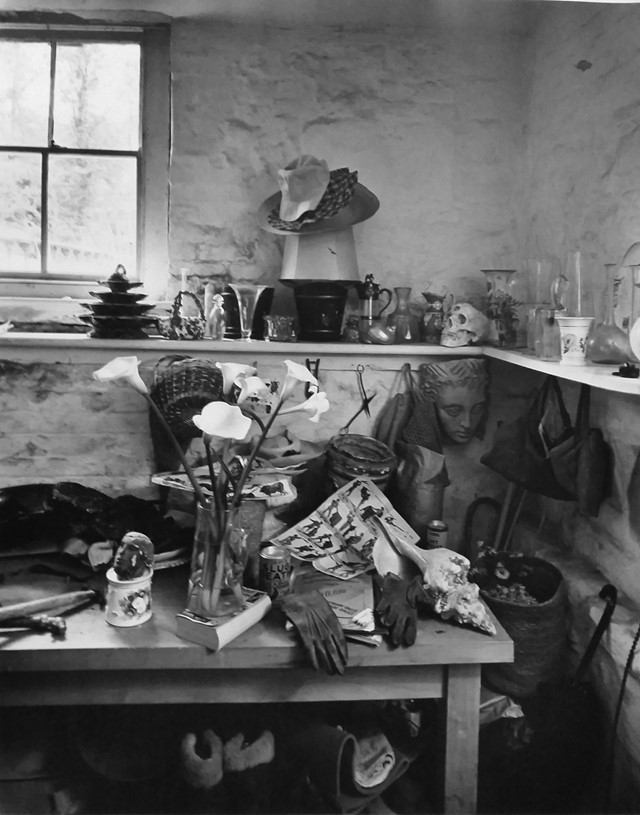
Why? Kertész’s works often demonstrate his connections to other artists and artistic circles, such as the Surrealist- influenced image taken in 1925 of a pair of upside-down disembodied legs that came as a result of his close relationship with the French Dadaists. In 1963 he photographed fellow Hungarian artist and close-friend Brassai who said that “Kertész has two qualities essential for a great photographer: an insatiable curiosity about life and a precise sense of form.” This photograph is one of many included in the exhibition Andre Kertesz in Europe at James Hyman Gallery, which includes many works that have not been exhibited or published before. Photographs from his travels in Europe highlight the radical modernism and energy of the artistic circles that Kertész moved in, showcasing the work of one of photography’s greatest pioneers and how he used his camera to encapsulate the artistic zeitgeist of which he was a key part.
Andre Kertesz in Europe is at James Hyman Gallery until June 13.
